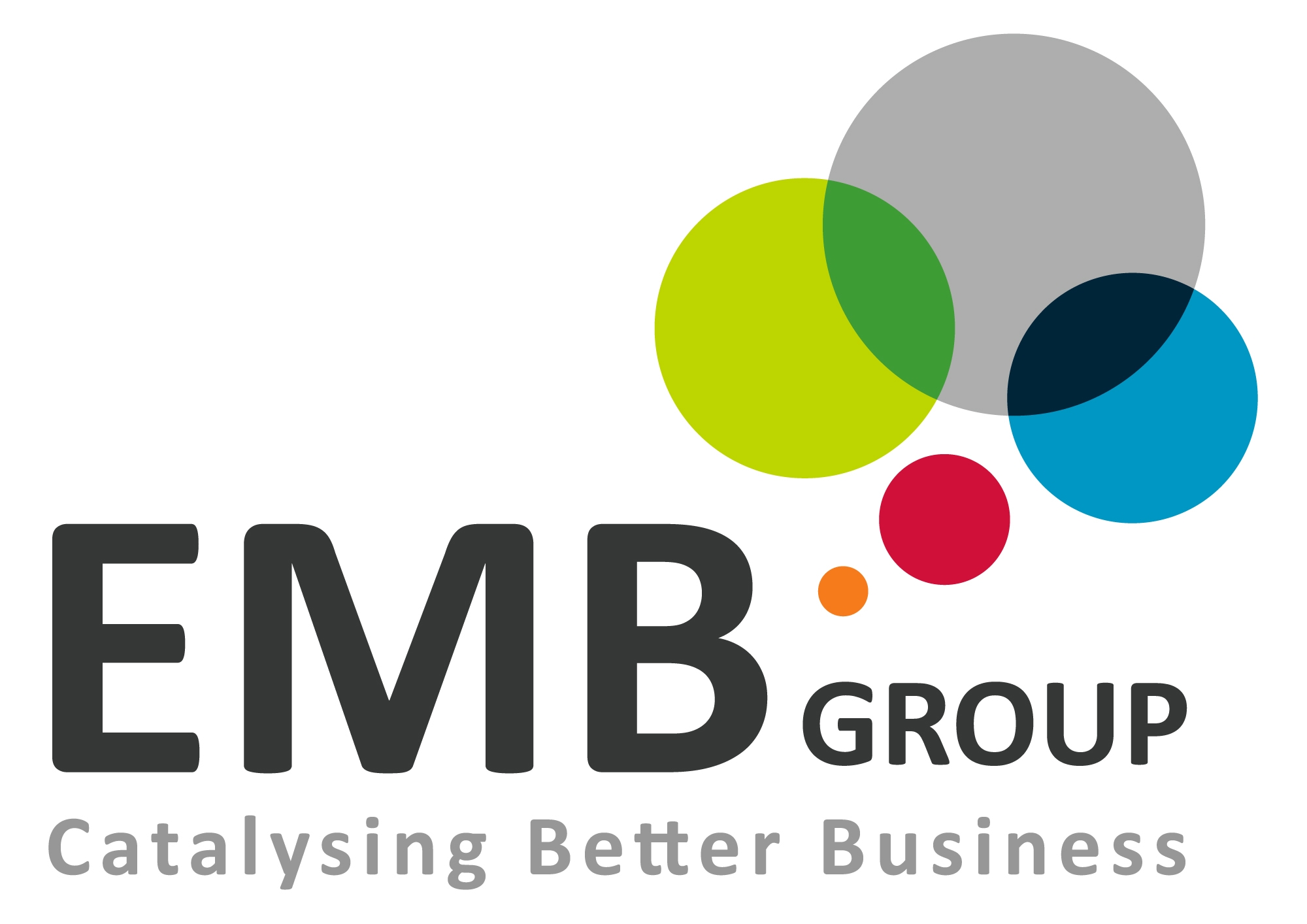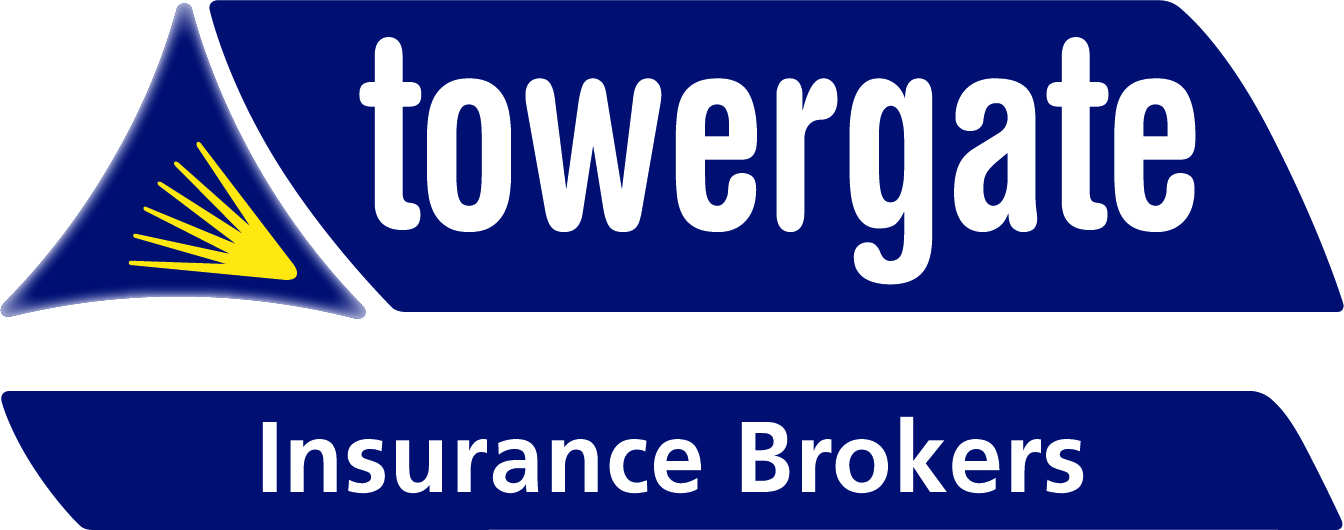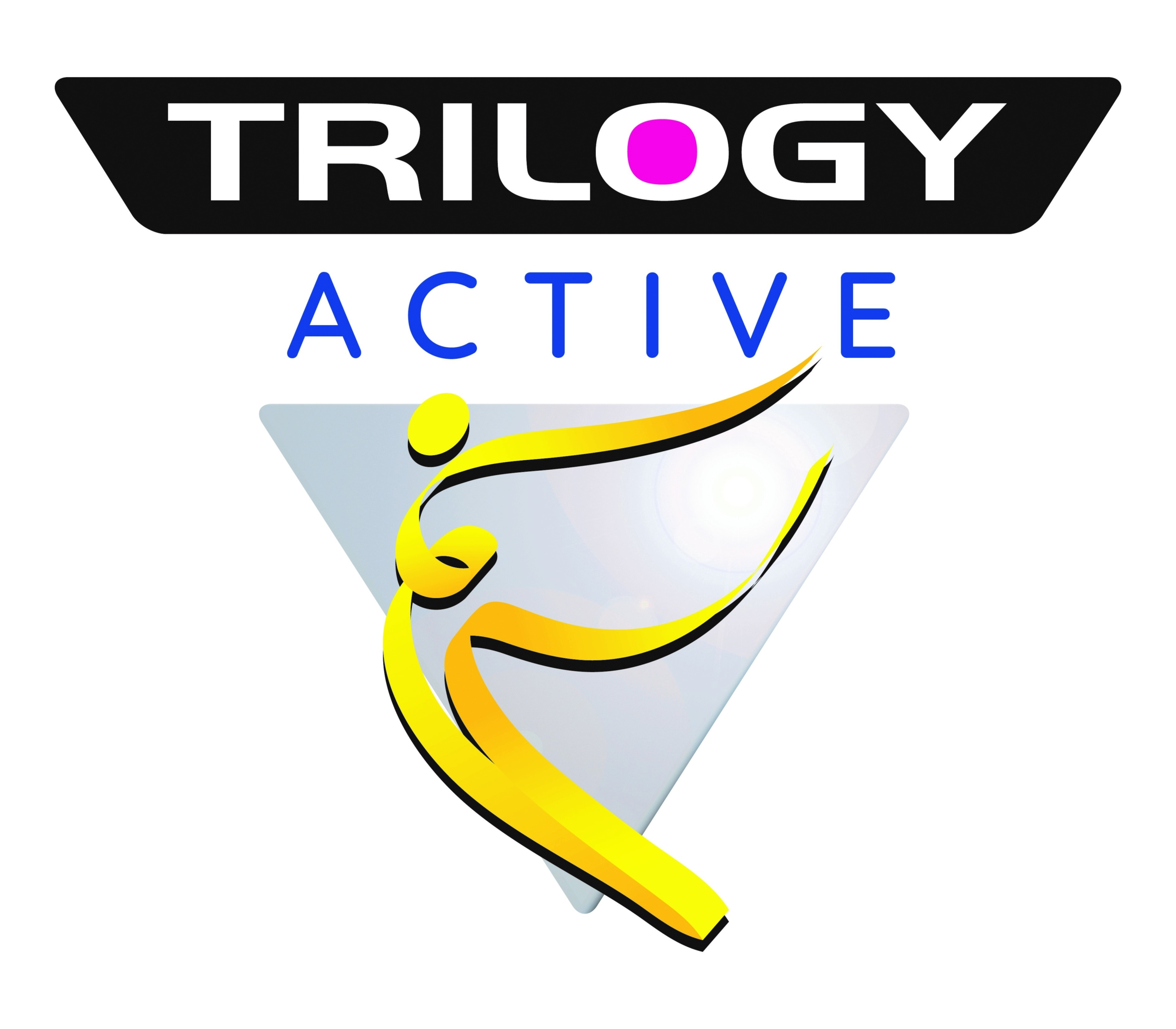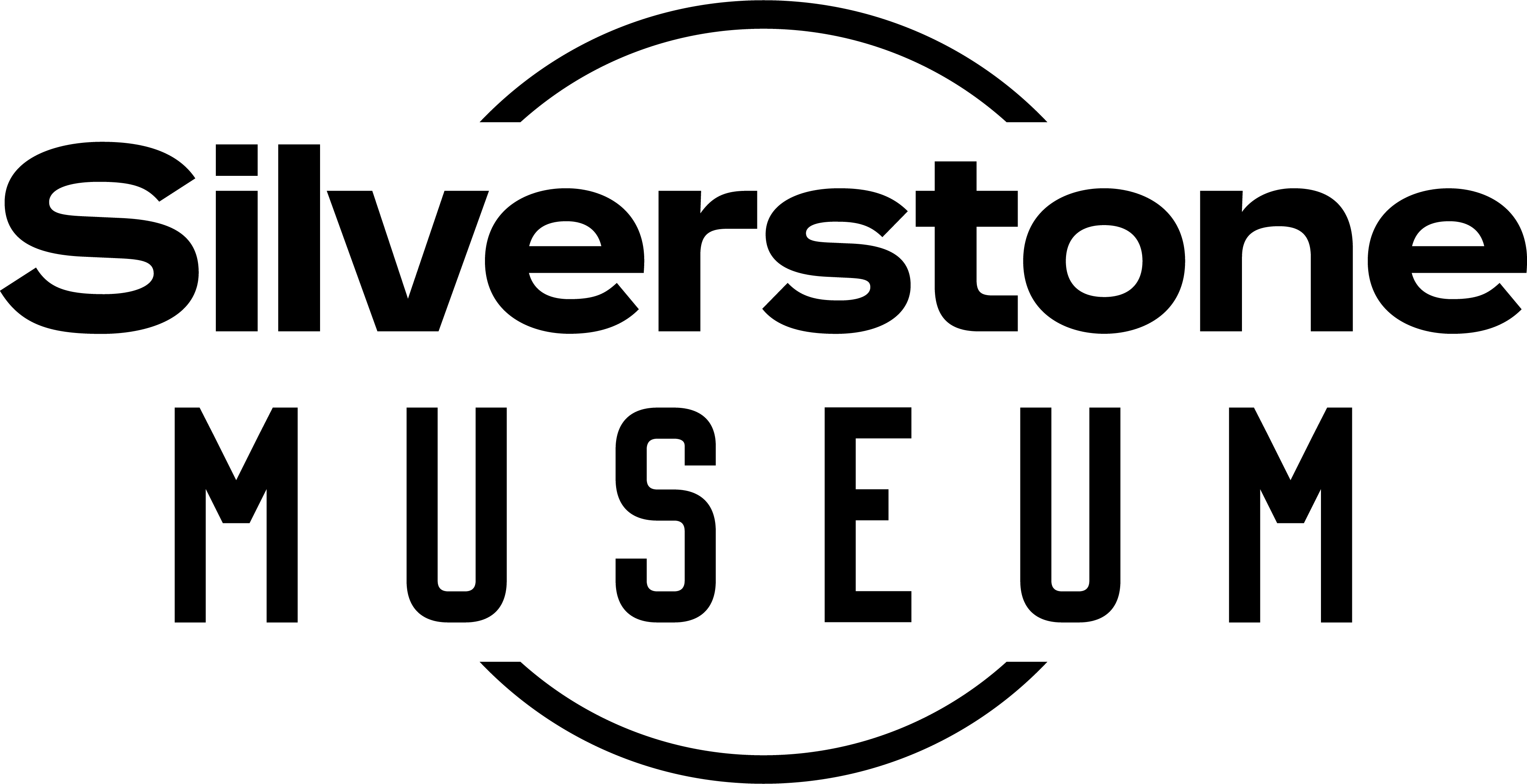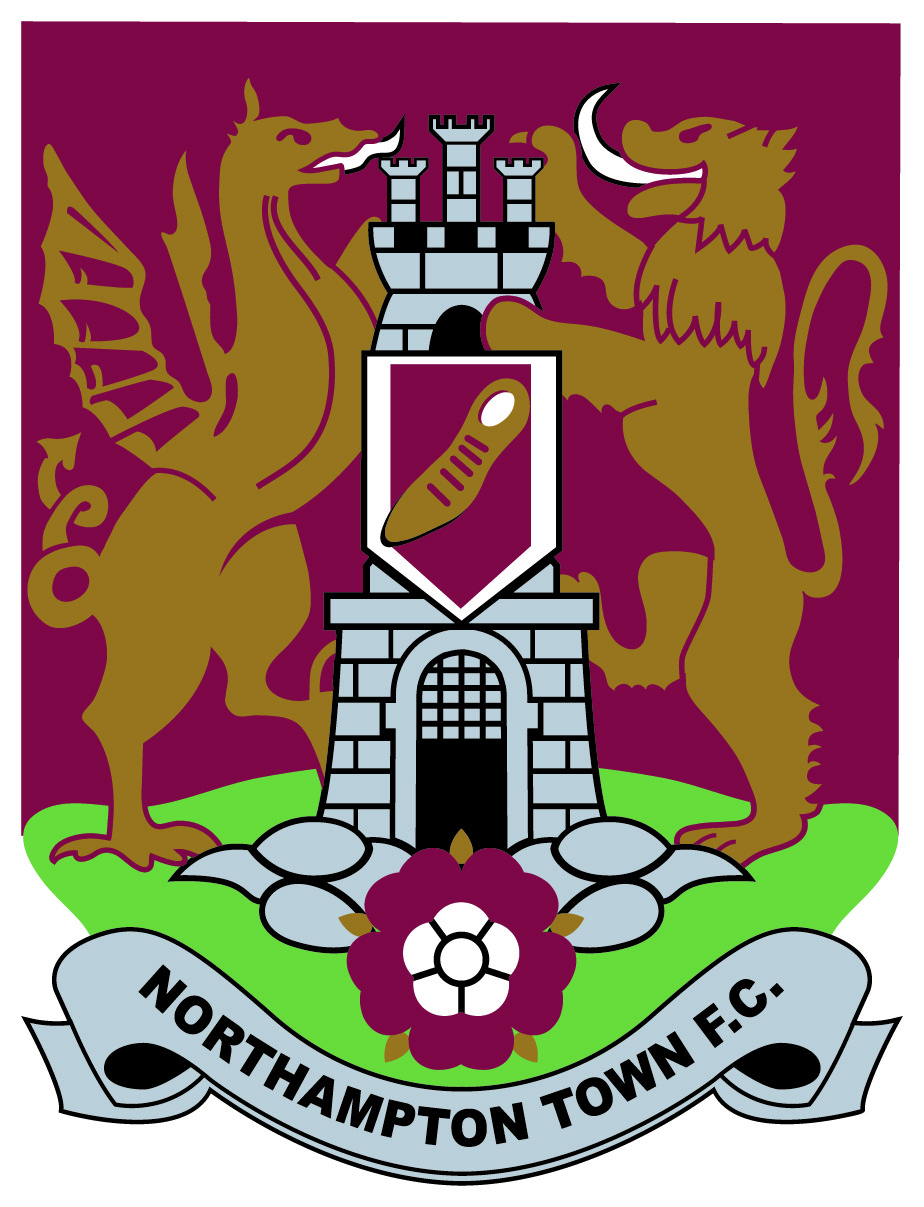

Is your customer journey map enabling you to manage the right touch-points?
Blogs
We have all seen coloured sticky notes on walls as companies look to understand the friction in their customers touchpoints. This is a great start in understanding the customer journey companies are providing their customers.
However, mapping the journey is a multi-functional exercise. Understanding the behavioural journeys is just as important as the told experiences from customers and employees. To be in a position to manage the journey and customer experience long-term, there are three levels to this process which collectively create a rounded view.
– Employee View of the Customer Journey
– Customer’s view of the Customer Journey
– Observational view of the Customer Journey
Typically, the mapping process will involve internal employees identifying the linear process which has a start, middle and ends in an exchange of goods. But there will be influences on decision making in advance of the customers entering your store or landing on your website. For new customers, that discovery process is as important in influencing the likelihood to buy as the transactional process itself.
Customers feedback on their experience and in doing so identify their journey and the experience they have of the business processes (touchpoints). This insight can be gleaned through running focus groups and via VoC, contact centre data; the latter of which is used to validate the former. But where companies create their processes around their situation and then ask people to participate in research, there is a natural bias which is difficult to overcome.
By their very nature, questionnaires with coded answers guide the respondents. They identify perceived issues but may impact your ability to truly get to the root cause of the issues. How do you find the answer when you don’t know what question to ask?
Retailers have been mapping shoppers in their stores through foot fall counting for years. Beyond this, there are now technologies which can heat map the customer journey’s in stores and identify the dwell time and then conversion rates. Combine this with AR and AI, it is feasible to predict the best customer outcomes and create journey maps which are centred around each customers wants needs and behaviours. Available to online stores for a long time, this tracking is now possible in physical stores where the science behind understanding behaviour is able to support or dispel Customer Journey Mapping myths!
Correctly applied technology with employee and customer engagement is now enabling highly detailed and accurate mapping to improve the experience for all. “Insight without data, is just opinion!” Tracking this way creates data points, and therefore, enables findings to be validated and change to be scaled. This is a necessity when looking to provide consistency of brand experience across a multiple store portfolio.
If you would like to discuss how you could improve your customer engagement through journey mapping, please get in touch for an informal chat.
Nick Lygo-Baker
Paradigm CX Ltd.
nick@paradigmcx.com
07400660005



